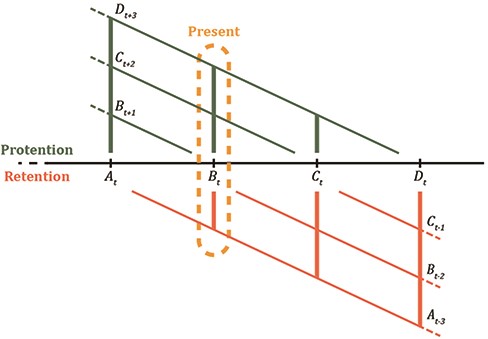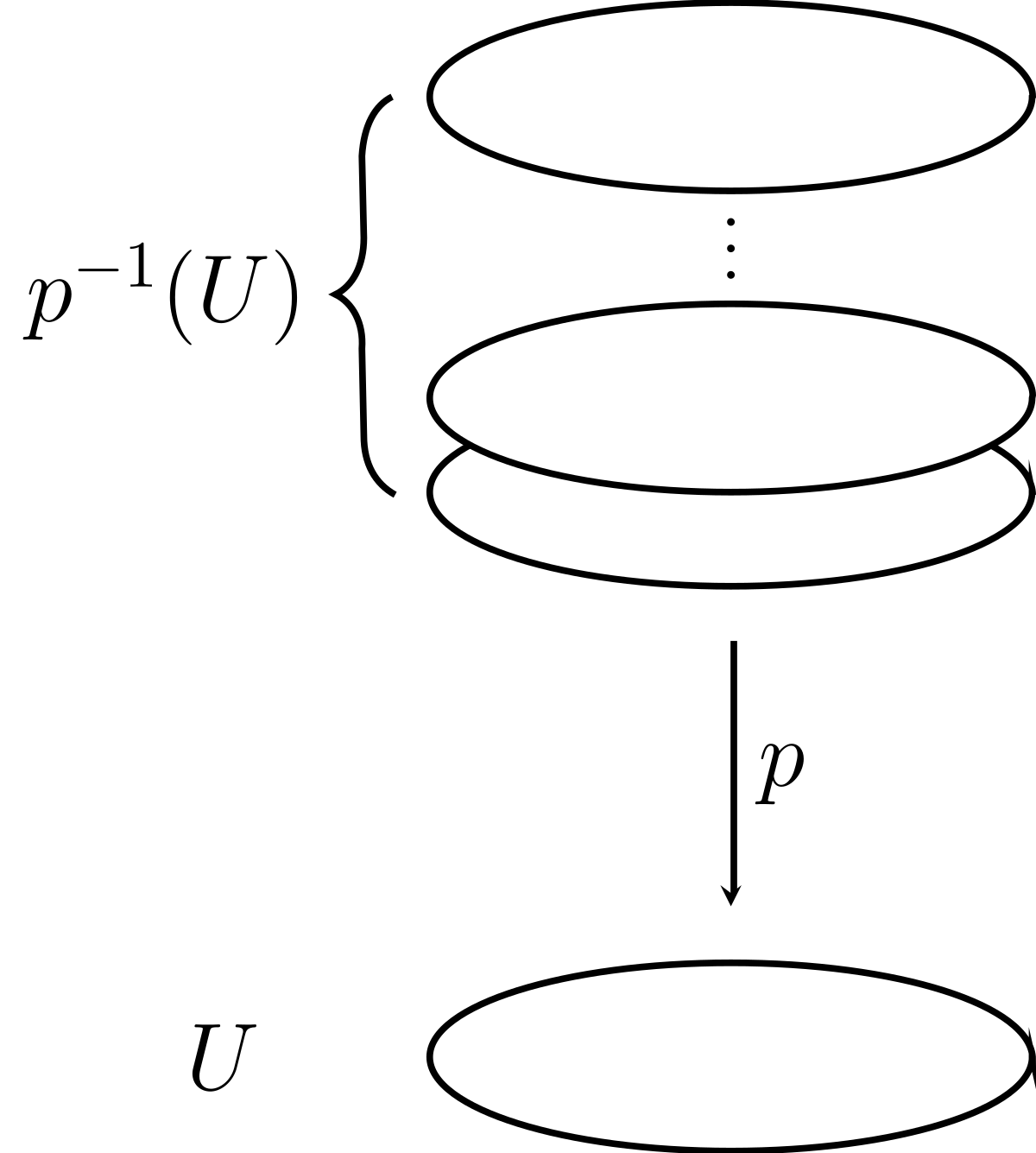In the religion section, someone posted a thread that said science can not explain consciousness.
I countered with a brand new theory, it can be summarized in four words:
"Unfolding of physical time"
I've been pushing this view ever since 1984. And now, someone finally agrees with me! Here it is:

 academic.oup.com
academic.oup.com
They use these words: "Markov blanket of the present moment".
I've been saying exactly the same thing, using a slightly different vocabulary. But the concept is the same. An internal process "covers" now (in the topological sense).
This unfolding into the blanket, is a NECESSARY and SUFFICIENT condition for consciousness.
It is supported neurally, in every organism north of goldfish.
Discuss?
I countered with a brand new theory, it can be summarized in four words:
"Unfolding of physical time"
I've been pushing this view ever since 1984. And now, someone finally agrees with me! Here it is:

Time-consciousness in computational phenomenology: a temporal analysis of active inference
Abstract. Time plays a significant role in science and everyday life. Despite being experienced as a continuous flow, computational models of consciousness are
They use these words: "Markov blanket of the present moment".
I've been saying exactly the same thing, using a slightly different vocabulary. But the concept is the same. An internal process "covers" now (in the topological sense).
This unfolding into the blanket, is a NECESSARY and SUFFICIENT condition for consciousness.
It is supported neurally, in every organism north of goldfish.
Discuss?





